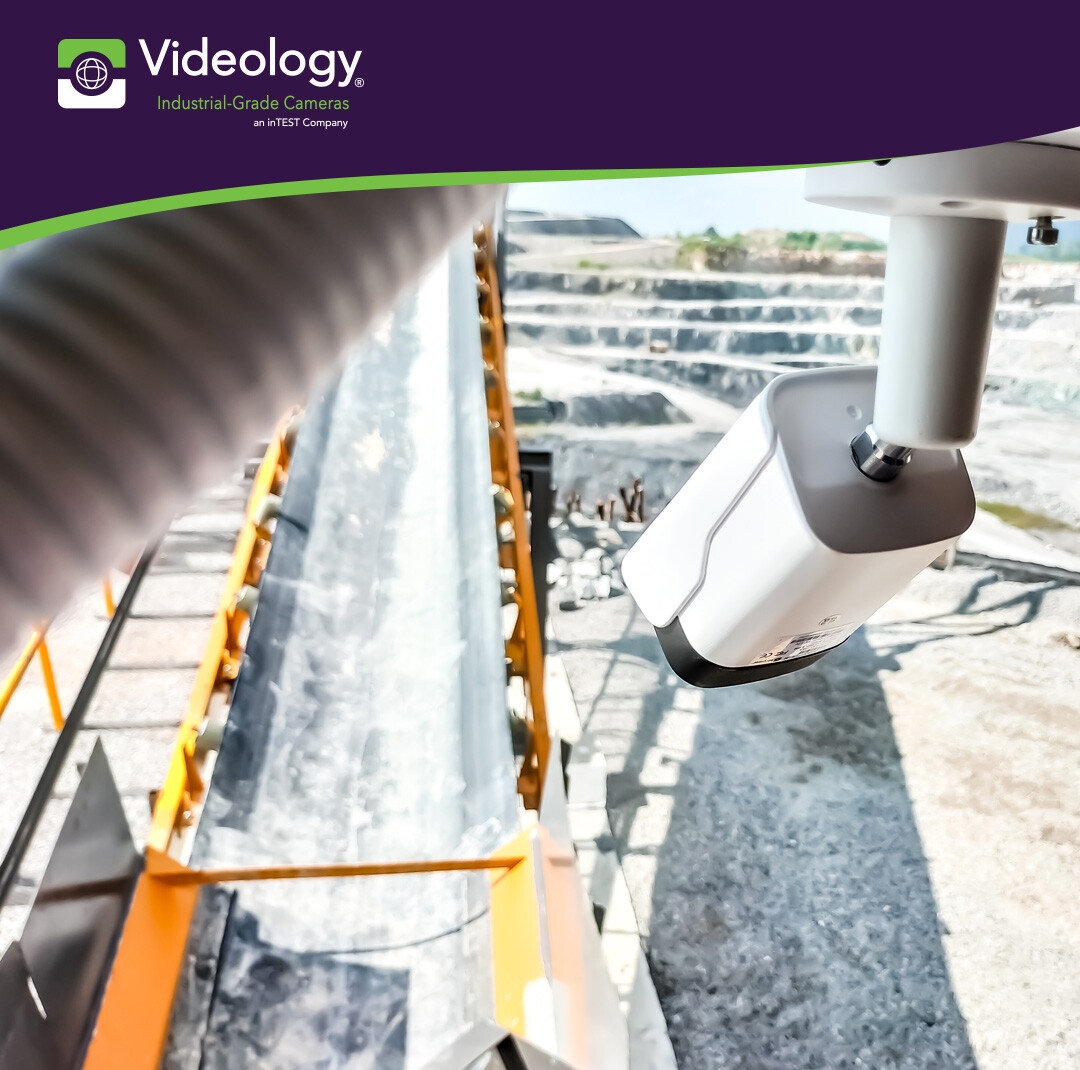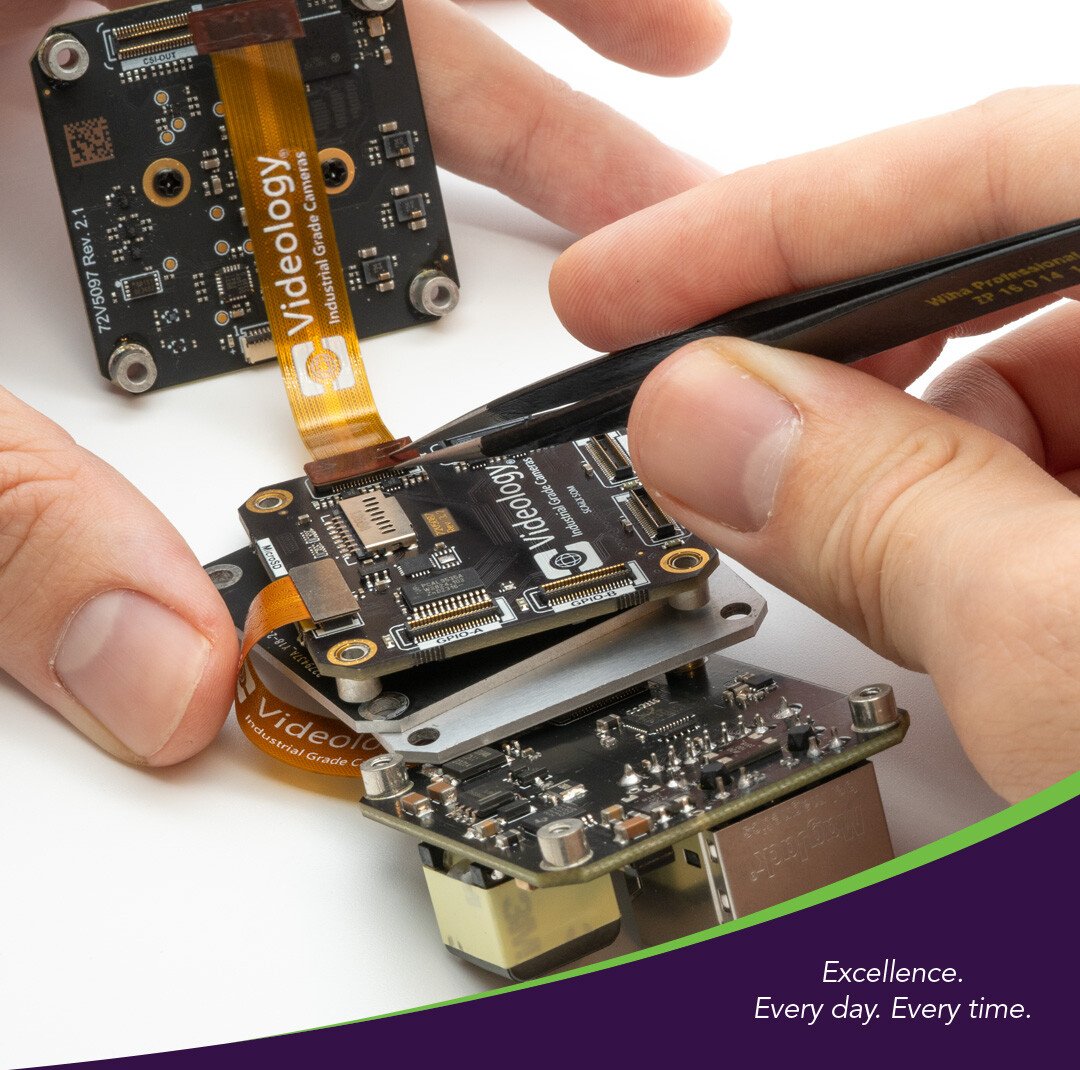Photo ID cameras for credentialing
A brief history of Photo ID cameras starts with a trip on our way back machine. Going back to the year 1803 shows us that Napoleon Bonaparte was the...
SCAiLX AI Imaging
SOFTWARE
Excellence. Every day. Every time.
MARKETS SERVED
Excellence. Every day. Every time.
ONLINE TOOLS
DOCUMENTATION
Excellence. Every day. Every time.
OUR COMPANY
OUR PRESENCE
OUR PARTNERS
Excellence. Every day. Every time.
3 min read
Derya Yoruk
Jul 10, 2024

In today's fast-paced and ever-evolving technological landscape, IP cameras have emerged as a cornerstone for Original Equipment Manufacturers (OEMs) seeking secure and reliable surveillance solutions. IP cameras were first introduced in the late 1990s as a revolutionary alternative to analog cameras. IP cameras digitize video signals and transmit them over a network, allowing remote access and manageability.
Over the years, IP cameras have evolved with advancements in technology. They have become more compact, cost-effective, and feature-rich. High-resolution imaging sensors, improved video compression algorithms, and enhanced network connectivity have made IP cameras a popular choice in various OEM applications in diverse industries.
IP cameras still keep on revolutionizing the way the OEM industry approaches security, offering a myriad of applications that extend far beyond traditional surveillance. From monitoring manufacturing processes to enhancing public safety, IP cameras have become indispensable tools for OEMs/ODMs aiming to stay ahead of the technology trends.
As already mentioned above, IP cameras offer a wide range of applications in OEM settings. They can be used for surveillance and security purposes, providing real-time monitoring and recording of critical areas. With their advanced features, such as motion detection, tamper detection, and intelligent analytics, IP cameras can help identify potential security threats and prevent unauthorized access.
In addition to enhancing security measures, IP cameras have proven to be invaluable assets in optimizing various aspects of business operations through visual data collection. This aids in improving operational efficiency, preventing losses, ensuring safety compliance, and more.
Moreover, IP cameras enable remote access and management, making it easier for OEMs to monitor multiple locations from a centralized system. This adds up to operational efficiency and reduces the need for on-site personnel.
Overall, the versatile use of IP cameras in OEM applications extends beyond traditional surveillance. Their advanced features and flexibility make them indispensable tools for enhancing security, improving quality control, and streamlining operations. 
IP board cameras find extensive usage in various industrial applications. In the transportation and traffic management sector, board level IP cameras are utilized for traffic surveillance, monitoring road conditions, and managing traffic flow. They help in identifying accidents, traffic violations, and congestion, enabling authorities to take necessary actions promptly.
In the retail industry, IP cameras play a vital role in loss prevention by monitoring stores, preventing theft, and deterring potential shoplifters. They also help retailers analyze customer behavior and optimize store layouts for better customer experience.
Used in buses, trains, and stations, IP cameras help ensure passenger safety, monitor vehicle conditions, and manage transit operations in public transportation.
In the hospitality industry, IP cameras enhance guest security, monitor service areas, and manage facility operations in hotels and resorts, ensuring a safe and pleasant guest experience.
Furthermore, IP cameras are extensively used in the healthcare sector for patient monitoring, access control, and asset protection. They enhance security in hospitals, clinics, and other medical facilities, ensuring the safety of patients and staff.
These are just a few examples of the wide-ranging industrial applications of IP cameras. Their versatility and adaptability make them suitable for various sectors, providing enhanced security, monitoring, and management capabilities.
IP board cameras come with a range of technical features and specifications that make them ideal for embedding into OEM applications. High-resolution imaging sensors ensure clear and detailed video footage. Advanced video compression algorithms, such as H.264 or H.265, minimize bandwidth and storage requirements without compromising image quality.
Many IP board cameras also offer features like wide dynamic range (WDR) and low-light sensitivity, allowing them to capture clear images in challenging lighting conditions. Built-in analytics, such as facial recognition, intrusion detection, and license plate recognition, enable intelligent monitoring and automated event alerts.
Network connectivity options, such as Ethernet, Wi-Fi, or PoE (Power over Ethernet), provide flexibility in installation and remote access. Some IP board cameras even support edge storage, allowing for local video recording in case of network interruptions.
Despite the ease of integration and versatility offered by IP cameras, there is a potential drawback to consider: latency. Latency refers to the delay between capturing an image and displaying it on the monitor. Fortunately, measures can be implemented to minimize latency, all the down to a latency of ~100ms.
When selecting IP cameras for their applications, OEMS must consider these technical features and specifications. Choosing the right IP board camera with the appropriate capabilities ensures optimal performance and compatibility with existing systems.


A brief history of Photo ID cameras starts with a trip on our way back machine. Going back to the year 1803 shows us that Napoleon Bonaparte was the...

The SCAILX AI platform is a modular compact vision AI Edge solution with various interface boards for connecting image sensors/cameras to the NXP...

Companies dealing with any type of transportation of goods and passengers are under constant pressure to increase agility, speed, and...
HEADQUARTERS LOCATION
Videology Industrial-Grade Cameras
35 Hampden Road
Mansfield, MA 02048
United States
Directions
+1 401 949 5332
sales@videologyinc.com